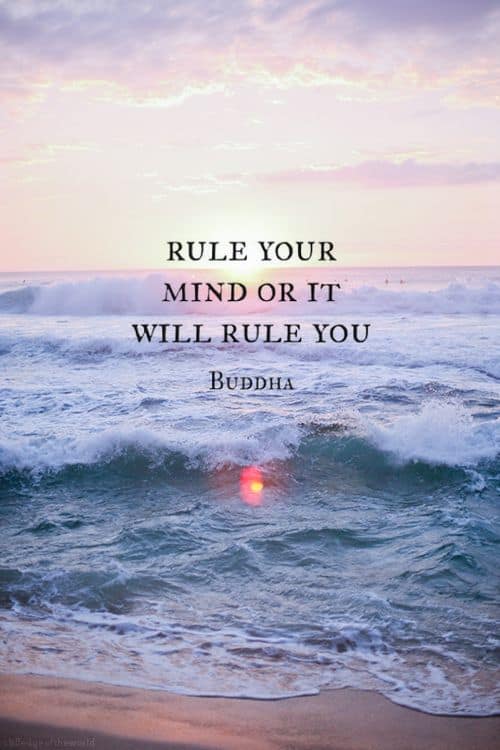A tidal wave of emotions can seem to control all our thoughts and deeds. We can be pulled, swirled, dragged out to sea, with a flood of emotions and they are everywhere. The world runs on emotions and if we cannot learn to surf the waves, or navigate the deep and shallow, we can be found thirsty and or drowned by them. When asked how we are feeling, do we give clear, open and honest answers like happy, sad, disappointed, or angry? Or, do we gloss over the situation and just say fine, okay, not too bad, etc? Our ability to provide answers depends on the emotional state we are in at that particular moment. But how many of us are in-touch with our emotions, physical state, or have the mental clarity to focus in on them or how do they are affecting our lives in the current moment, the now?
“Between stimulus and response, there is a space. In that space is our power to choose our response. In our response lies our growth and our freedom” – Viktor E. Frankl
What are Emotions?
Emotions are short, intense, a burst of feelings resulting from particular events (internal or external). stimulus. They are often complex and comprises of mental and physical elements and can include multiple components. While emotions are subconsciously generated and we can be aware of them and experience them consciously, they need to be recognized and acknowledged in some way. We can experience various types of emotions that continuously ebb and flow. Like waves, they can put us off balance and get us off track. Generally, emotions positive or negative and the question is which one are you feeling, or not?
Positive emotions: Can transform us and lack negativity. We don’t have to be gleeful, or happy. They can simply offer us space for peace, contentment, satisfaction, and fulfillment. They can be simple, calming and can arrive by doing things such as smiling, having gratitude, and by being of service in helping others. The focus can move from what is missing to what is present. Examples of positive emotions include love, joy, and compassion.
Negative emotions: Examples of these emotions are fear, hate, and anger. They are as a result of undesired/unexpected events. Upsets, such as missed communication, being misunderstood, or not having a chance to communicate at all can cause negative emotions. Like the tides in the ocean or storm clouds in the sky, they can show up based on cycles, pressure or unforeseen conditions. Often, negative emotions foster feelings of being insecure, miserable and sad.
When we “Ride the Wave” we focus on getting calm, clear and connected to what is important in our lives. Like navigating rough waters or clear seas, we develop our self-awareness, we identify the problem thoughts, feelings, and get in touch with our values, visions, and hopes to guide our way. In this way, mindfulness improves our ability to understand all our emotions, recognize what’s going on in our bodies, emotions and in our relationships with others. By centering we can strengthen our ability to manage and control the tidal wave of feelings and handle our emotions more effectively. This, in turn, improves our interpersonal and behavioral skills so we can make better decisions.
 Stressful situations can cause us emotional distress. Such situations are caused by our reaction (either fight or flight) to previous challenges. Mindfulness helps us become more emotionally aware of such adverse reactions to events we cannot control. Therefore, we are less affected by those events. We can think clearly because the emotions do not control us. We can see these situations objectively and react maturely.
Stressful situations can cause us emotional distress. Such situations are caused by our reaction (either fight or flight) to previous challenges. Mindfulness helps us become more emotionally aware of such adverse reactions to events we cannot control. Therefore, we are less affected by those events. We can think clearly because the emotions do not control us. We can see these situations objectively and react maturely.
The Bottom Line
All the things we do are emotionally driven. Emotions determine what we buy, the people we associate with, etc. They have a particular power over our thoughts. By practicing mindfulness, when we see a wave approaching, we can detach ourselves from negative thought patterns and we can manipulate our thought processes by breathing in calm, getting clear and connected with our values and aspirations. This provides us with higher levels of emotional intelligence, so we can be more happy and healthy.
Thanks to Kripalu.org – where I am an adjunct faculty member, gave me the inspiration behind this article. Visit http://www.kripalu.org/rise

